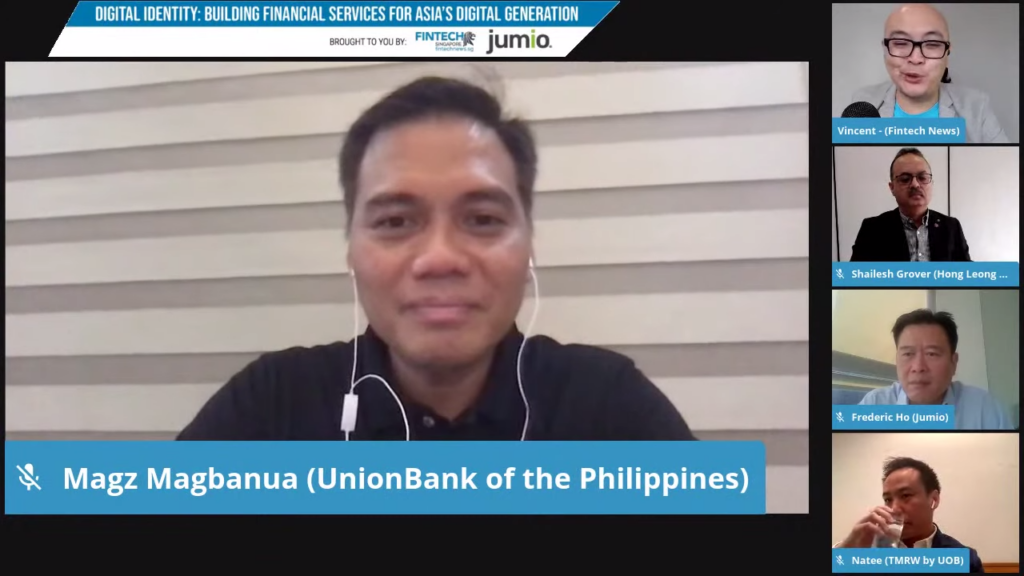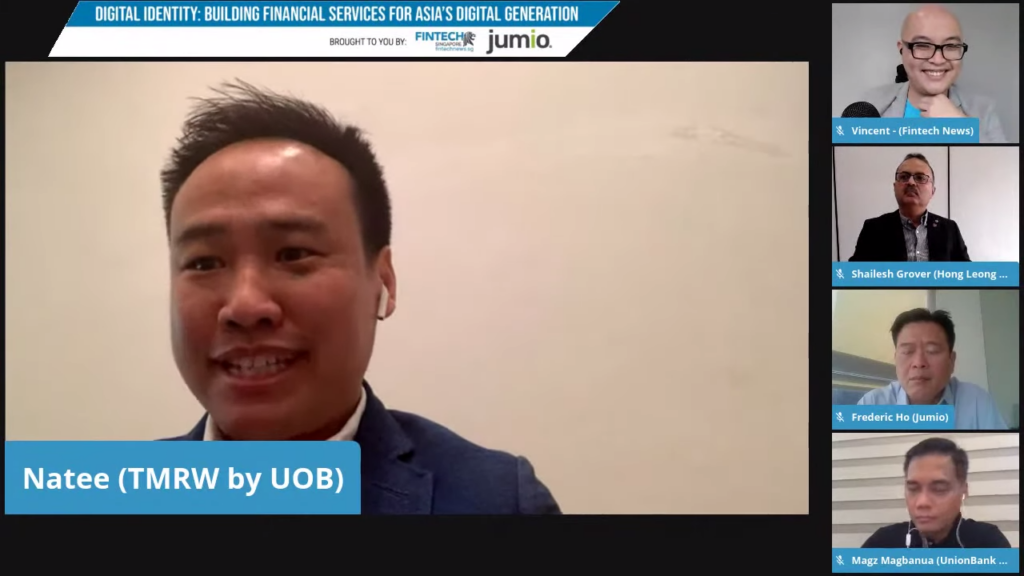In Southeast Asia, governments are pushing for greater adoption of digital financial services by introducing favorable regulations on digital onboarding, digital banking, and more, experts said on December 3, 2020.
During a virtual panel discussion with Fintech News last week, banking executives, digital banking innovators and eKYC experts discussed the state of digital identity and digital onboarding in Southeast Asia, highlighting the developments that have been made this year to encourage digital banking.
In the Philippines, Bangko Sentral ng Pilipinas, the country’s central bank, recently approved new regulations on digital banking and introduced a four-year strategy on digital payments.
These new developments are setting the stage for a new era in banking, removing the need for physical touchpoints in customer journeys, and are proof of regulators’ commitment towards digital banking, Michael P. Magbanua, group first vice-president and head of operations and shared services at UnionBank, Philippines, said during the session.

Michael P. Magbanua, Group first Vice-President and Head of Operations and shared services at UnionBank
“This is a landmark. Digital banks will have no reliance on physical touchpoints but will just have to set up one physical office in the Philippines to receive customer complaints or issues,” Magbanua said. “That’s a strong signal that there is regulatory support for digital solutions including digital identity and eKYC.
In Thailand, the central bank approved in February 2020 a new cross-bank identity verification method, allowing banks to leverage the National Digital Identity platform for opening bank accounts. The new identity verification mechanism allows customers to open accounts at new banks using the verification and information held at their existing bank to verify their identities.
“The National Digital Identity allows the customer who gave the ID consent to the first bank to pass on that information to the second and third bank that they apply for, so that they don’t have to do another KYC,” Natee Srirussamee, executive director and head of retail digital at UOB Thailand, explained during the panel discussion. “[As a bank,] you actually rely on the first bank with the KYC. You then use that data to compare with the biometric data that you collected during onboarding.”

Natee Srirussamee, executive director and head of retail digital at UOB Thailand
Embracing digital banking
For Frederic Ho, vice president for Asia Pacific (APAC) of Jumio, a global company providing identity verification and eKYC solutions, rapid adoption of eKYC across the region is reflective of changing customer behaviors, and with COVID-19, the shift to digital channels has accelerated.

Frederic Ho, Vice President for Asia Pacific (APAC) of Jumio
“Businesses are moving online in this digital realm and that has been one of the most exciting development in the past years. Digital identity has been the central component to establish trust in this non-face-to-face online relationship,” Ho said during the discussion. “COVID-19 and movement restrictions further reinforced the fact that [companies] need a digital arm to ensure business continuity.”
UnionBank’s Magbanua agreed, stressing that adoption of digital products at the bank has grown tremendously over the past two years. UnionBank, which launched its digital savings account product in April 2019, saw signups for the new digital product surpassed all branch-based account openings just six months after the launch. As of November 2020, he said the bank had received a total of 1.2 million signups for digital accounts.
“It’s an encouraging signal that consumers want [digital onboarding],” Magbanua said. “Actually, both regulators and consumers are ready for it.”
Challenges remain
In Malaysia, Bank Negara Malaysia issued in June its policy document on eKYC, allowing financial institutions to utilize artificial intelligence (AI), machine learning (ML) and other technologies to ensure accurate identification and verification.
Just a few months after the release, local banks including Hong Leong Bank and Hong Leong Islamic Bank (HLB), jumped on the bandwagon and implemented fully digital onboarding processes.

Shailesh Grover, Chief Digital and Innovation Officer, Hong Leong Bank
Shailesh Grover, chief digital and innovation officer, Hong Leong Bank, Malaysia, recognized the significance of the move but said that current mechanisms aren’t addressing the challenges faced by the unbanked populations.
“While eKYC is now a real opportunity for Malaysia and some of the other regional entities, it is still focused on the banked, as opposed to having the infrastructure that allows to tap into the unbanked,” Grover said.
Still, while eKYC and digital identity may provide many benefits for customers, including a streamlined, smoother onboarding process, some financial institutions in the region are still reluctant to embrace these technologies because of conservatism but also because of the cost and availability.
“We are still an emerging market, so the availability and the viability of this technology has to go through some form of scrutiny of the local boards of the directors, it has to go through some form of screening process,” Magbanua said. “And the commercial part of it is also a big part of the consideration making.”
In Thailand, joining the cross-bank identity verification scheme would imply sharing customer data with competitors. Not all banks are willing to give up their competitive edge, Srirussamee said. “If I’m a bigger bank, I have a bigger client base. Am I willing to provide services to others and let smaller banks leverage the customer base that I have?”
The full webinar is available on YouTube below:







